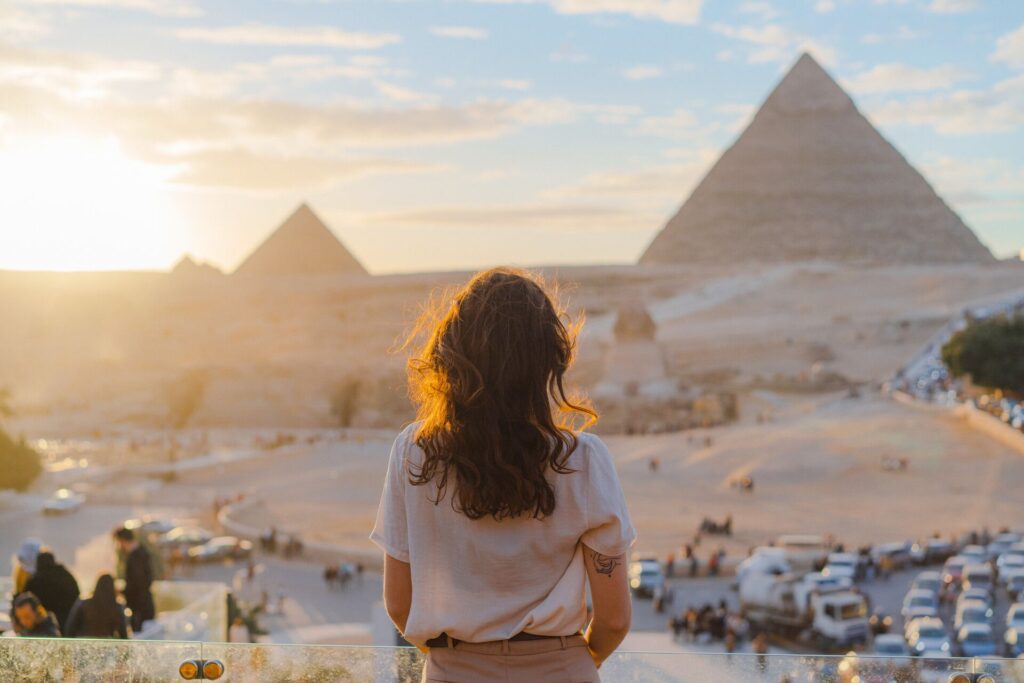These Mexican Female Chefs are Taking the Culinary World by Storm
A Short History of the Gulf of Mexico: From Extinctions to Sunken Treasure
The Gulf of Mexico has recently been thrust into the spotlight following an executive order issued by the U.S. Government to rename it as the Gulf of America. This decision, outlined in the official order titled Restoring Names That Honor American Greatness, seeks to emphasize the Gulf’s significance to the United States.
According to the official statement:
“The area formerly known as the Gulf of Mexico has long been an integral asset to our once burgeoning Nation and has remained an indelible part of America.”
In addition to the renaming, the U.S. government has officially designated February 9th as Gulf of America Day, encouraging its citizens to “observe this day with appropriate programs, ceremonies, and activities”. The renaming of the Gulf has sparked discussion, not just about the geopolitical implications, but also the rich and eventful history of this beautiful body of water. Depending on where you are reading this, the change may have different meanings, but it presents an opportunity to delve into the Gulf’s past — from ancient extinctions to legendary shipwrecks.
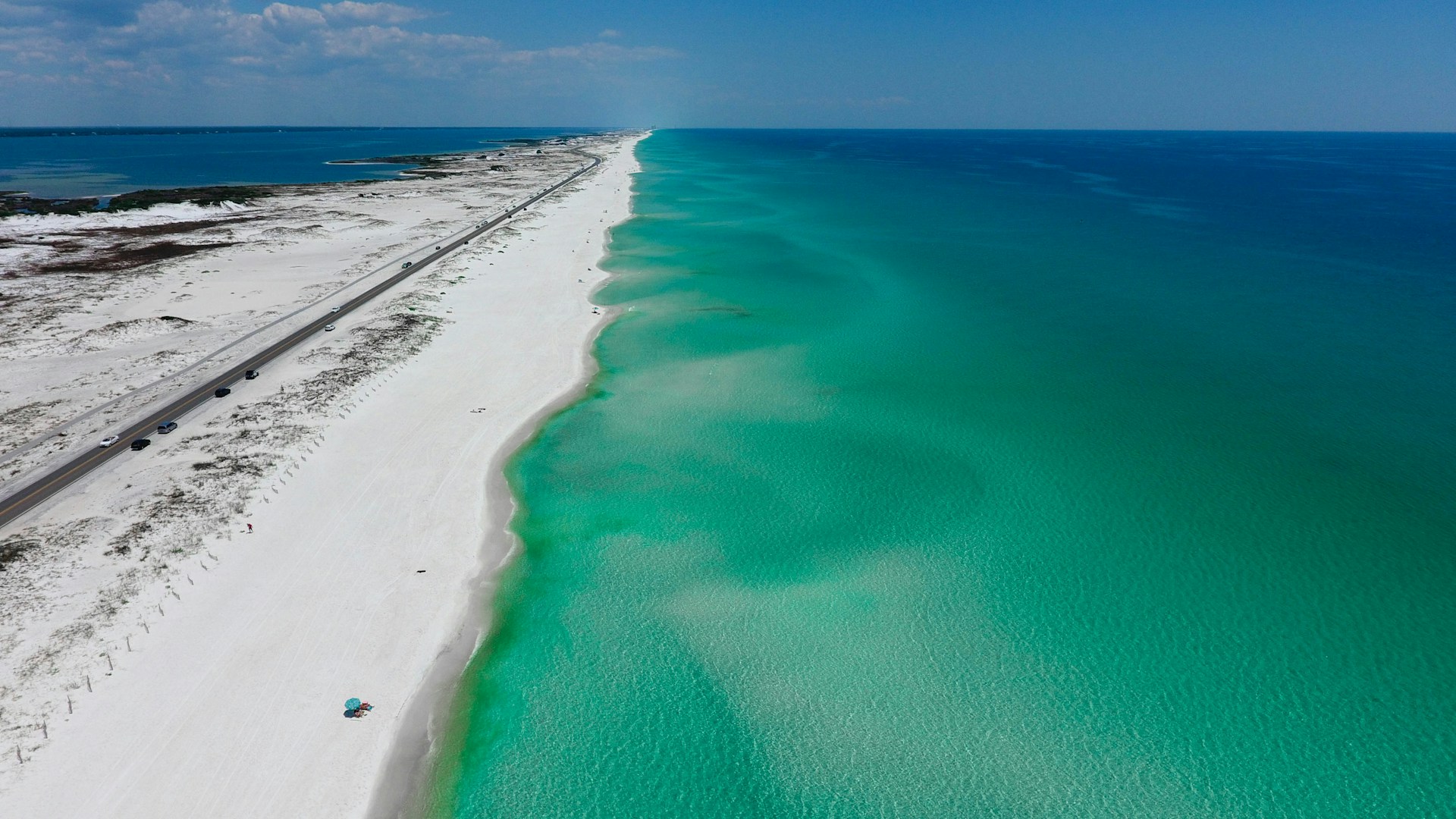
When was the Gulf of Mexico renamed?
The Gulf of Mexico was officially renamed the “Gulf of America” on January 20, 2025, as per an executive order issued by the U.S. government. The change has been met with varying reactions depending on where you are in the world, and discussions are ongoing about the geopolitical and cartographic implications.
Why was it renamed as the Gulf of America?
The renaming was part of a broader initiative to introduce names that the administration believes reflect American history and values. The full details can be found in the government-issued statement: Restoring Names That Honor American Greatness.
Additionally, the official proclamation for Gulf of America Day can be viewed here: Gulf of America Day 2025.
Will the name change be updated on Google Maps?
It all depends on where you are. Major mapping services have begun updating their records for US customers. Google Maps and Apple Maps have started displaying “Gulf of America” within U.S. territories, while international users may still see “Gulf of Mexico.” The extent to which global cartographic agencies will adopt the change remains uncertain.
Also renamed: Mount Denali, Alaska
As part of the same initiative, the U.S. government has also reinstated the name “Mount McKinley” for North America’s highest peak, reversing the 2015 decision to name it Denali. The executive order to do so emphasizes President William McKinley’s legacy as the driving reason behind the name change:
“This order honors President McKinley for giving his life for our great Nation and dutifully recognizes his historic legacy of protecting America’s interests and generating enormous wealth for all Americans.”
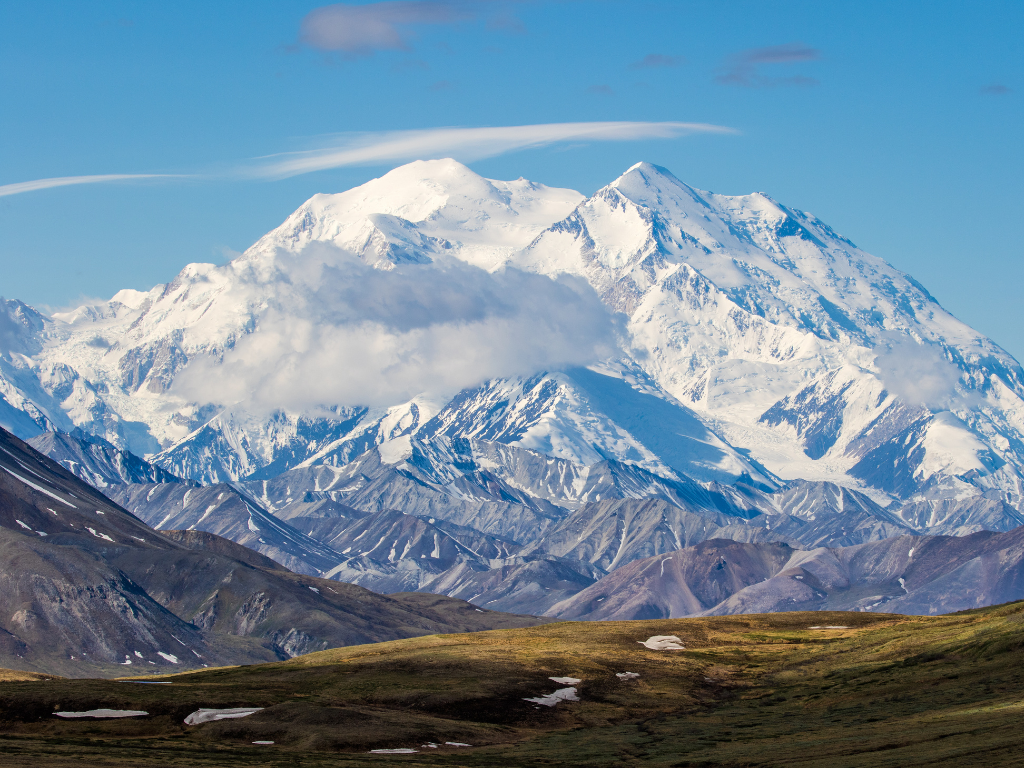
A Short History of the Gulf of Mexico:
Beyond recent political developments, the Gulf of Mexico—now the Gulf of America—has a rich and complex history, from a cataclysmic meteor impact that ended the age of dinosaurs to centuries of exploration, trade, and maritime legend.
The Extinction of the Dinosaurs (66 Million Years Ago)
Scientific evidence suggests that the meteor impact responsible for the extinction of the dinosaurs struck just off the Yucatán Peninsula in present-day Mexico. The Chicxulub crater, measuring over 93 miles in diameter, is believed to be the site of this cataclysmic event, which led to massive climate shifts and the eventual dominance of mammals on Earth.
Save up to $3,000* per couple on your first Premium Tour
Plus receive latest offers, travel inspiration, and discover how your travels will make a positive impact. Together, WE MAKE TRAVEL MATTER®. Subscribe NowMesoamerican Civilizations Flourish Around the Gulf
The Gulf of Mexico then serves as home to thriving Mesoamerican civilizations. The Olmecs, one of the earliest known complex societies in the Americas, flourished along the Gulf Coast of present-day Mexico between 1600 and 400 BCE. Often regarded as the “mother culture” of Mesoamerica, the Olmecs developed early forms of writing, monumental stone heads, and sophisticated trade networks that extended deep into Central America. Later civilizations, including the Maya and the Totonac, also established important settlements along the Gulf, relying on its waters for sustenance, transportation, and commerce.
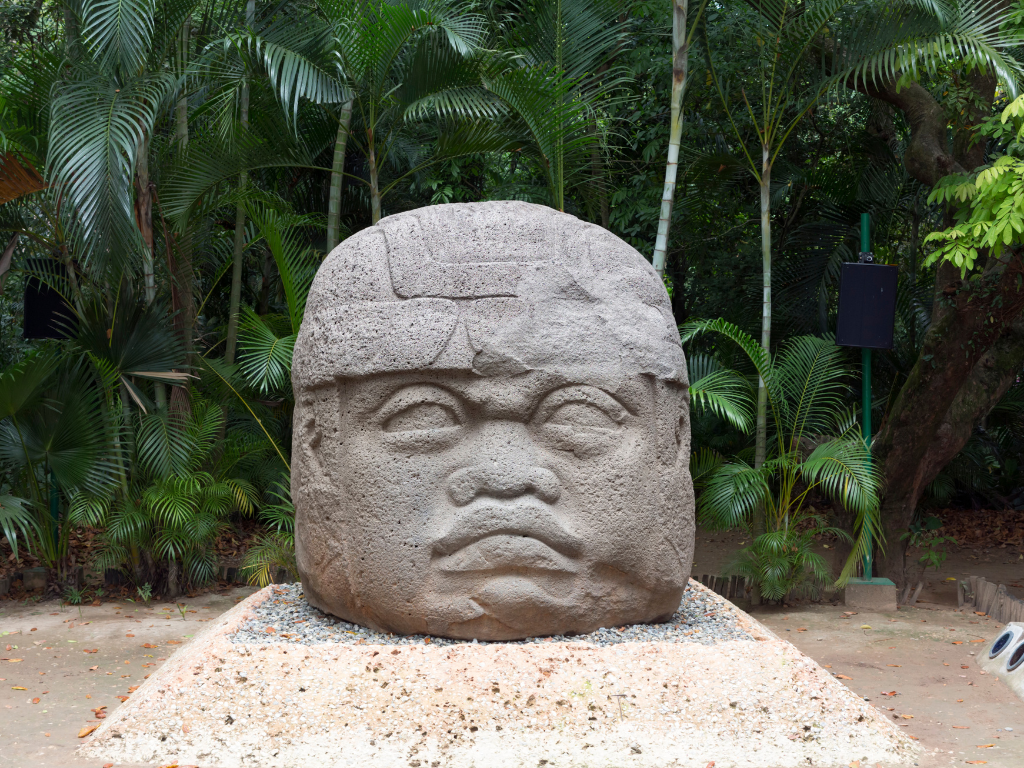
Pre-Columbus Discoveries of America
There is speculation that pre-Columbian explorers from around the world had knowledge of the Gulf region long before Columbus’ arrival in 1492. Artifacts and historical accounts suggest Norse, Chinese, or even African traders may have ventured into these waters centuries before Europeans officially mapped and colonised them.
Early Exploration and Mapping (16th Century)
European explorers, including the Spanish and French, navigated the Gulf’s waters in the 1500s. These expeditions played a crucial role in mapping the New World, leading to the creation of the first world maps that included the Americas. We can see the name the “Gulf of Mexico” all the way back to the 16th Century, with English geographer Richard Hakluyt referencing the “Gulfe of Mexico” in The Principall Navigations, Voiages and Discoveries of the English Nation (1589). That same year, Italian cartographer Baptista Boazio created a map depicting Sir Francis Drake’s naval campaign, labeling the body of water as the “Baye of Mexico.”
Sunken Treasure Ships (16th–18th Centuries)
The Gulf was a major trade route for Spanish galleons carrying gold, silver, and other valuables from the Americas to Europe. Countless treasure-laden ships met their fate in storms or at the hands of pirates, making the Gulf one of the most enticing underwater archaeological sites for treasure hunters today.
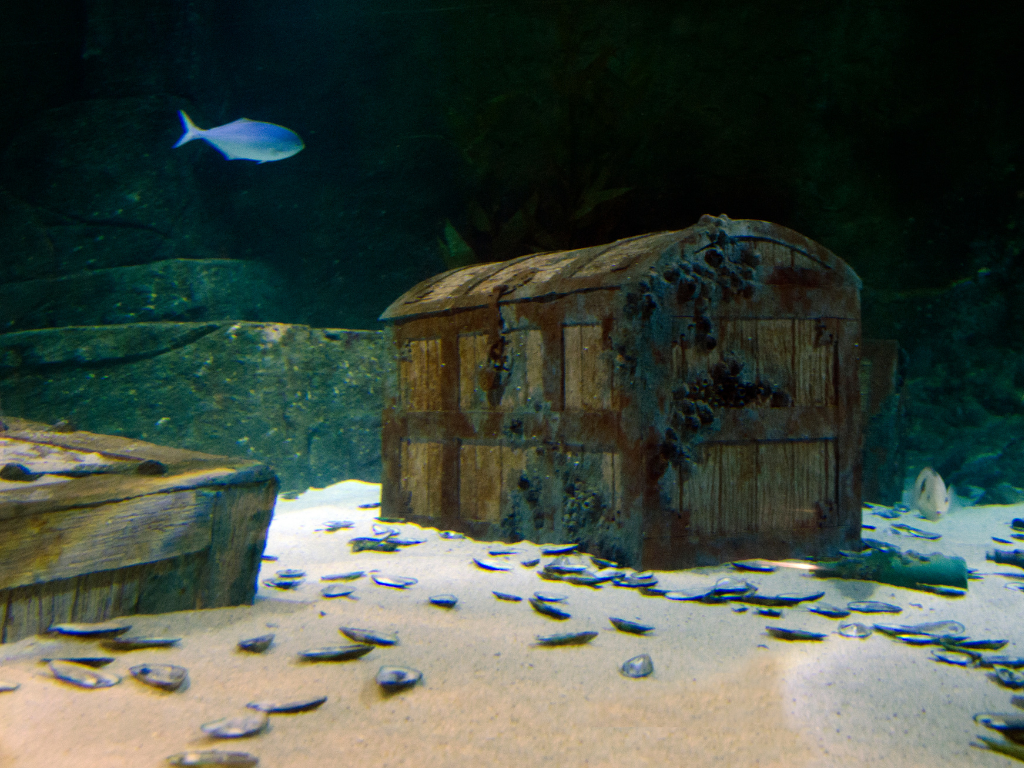
Deepwater Horizon Disaster (2010)
One of the most infamous modern events in Gulf history was the Deepwater Horizon oil spill. The explosion of the offshore drilling rig in April 2010 resulted in one of the worst environmental disasters in history. This event was later dramatized in the Hollywood film Deepwater Horizon (2016), bringing further attention to the region.
Visit one of the Gulf’s most iconic cities
While the name change debate rages on, life goes on along the Gulf. And nowhere is that truer than in New Orleans, a city buzzing with life as ever, especially when Mardi Gras celebrations electrify the city in the beginning of March. World-renowned for its cosmopolitan culture, freewheelin’ jazz and legendary cuisine, New Orleans reaches its craziest and most potent peak during Mardi Gras, a festival filled with parades, masked balls, and lively street celebrations. Go and experience the rich heritage of the city, indulge in Creole and Cajun delicacies, all while taking part in one of the most famous parties on the planet.
Whether you’re interested in history, politics, or simply enjoying the festivities, the Gulf of Mexico, or now, America, continues to be a region of immense significance—past, present, and future. Have you ever seen the Gulf for yourself? Let us know in the comments below.
LIKED THIS POST? SHARE WITH YOUR COMMUNITY
